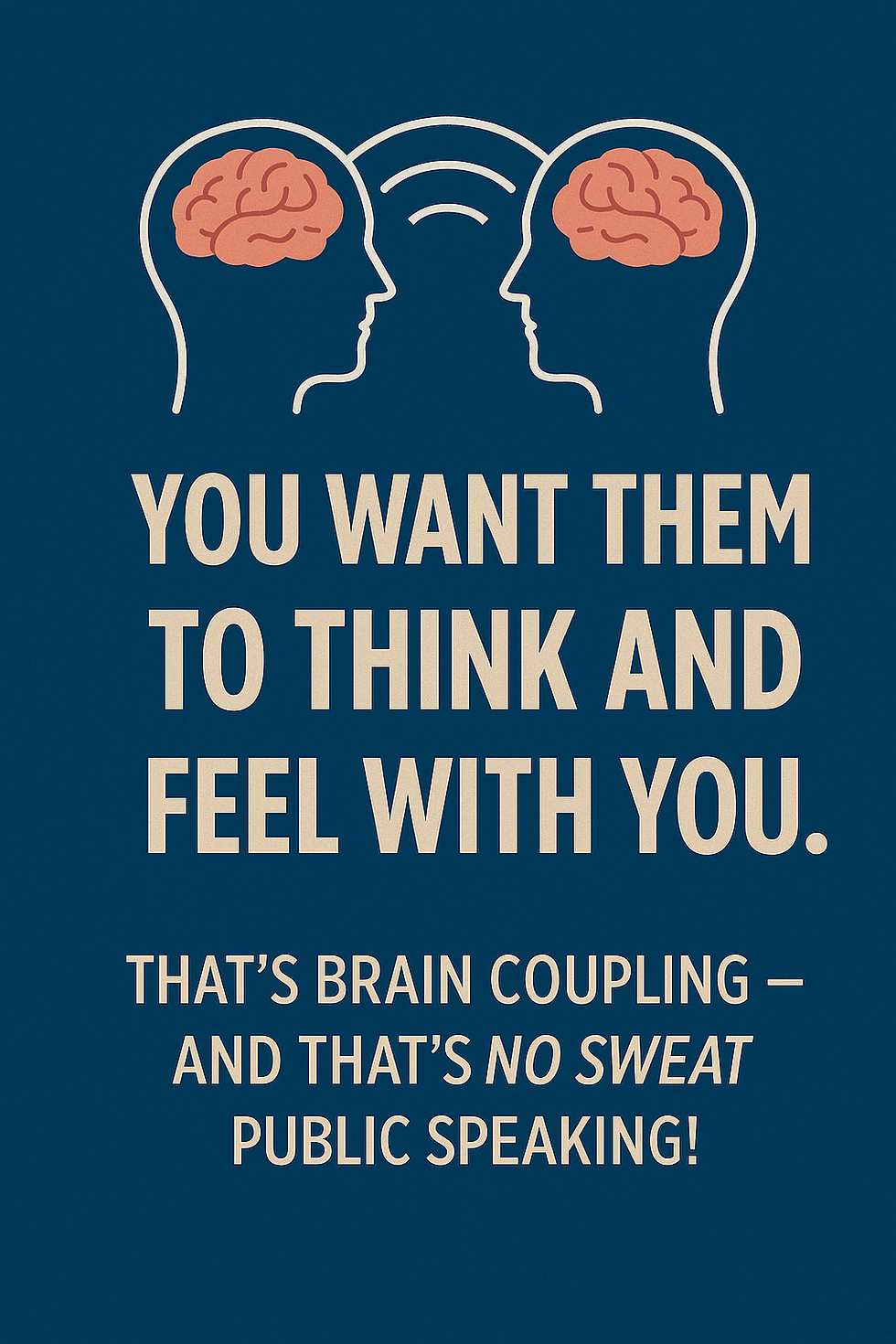“Quote Me on These!”
- Fred Miller

- Dec 16, 2010
- 3 min read
Most of these are my own, or modifications of ones I’ve read or heard at one time. (At my age, there is a lot of information in my brain, and it’s sometimes hard to sort it all out. Bottom line, there is good stuff here I think you’ll find helpful!
The Goal of All Communication: verbal, written, or visual, is the same. We want the recipient(s), as quickly as possible, to – GET IT! They may not agree with evertything we say. They may not agree with anything we say, However, unless they GET IT!, we can’t have a meaningful discussion going forward.
To help the audience GET IT!, I need to: • Educate them They need to leave the room with more information knowing more about the subject I’m presenting than they knew coming in. • Entertain them We like to be entertained. If I’m entertaining you, I have your attention. If I have your attention, the odds are increased that you’ll GET IT! • Explain my message. I need to deliver a simple and clean presentation that is easy for them to understand. My words, props and slides should be simple and easily understood by the audience.Connect to your audience Emotionally:
Personal stories make that connection. We all have them. The key is to be, as they say in Yoga, “Always present and in the moment.’ When those stories occur in real time, capture them and place them in the hard drive of your brain, Then, when you need a personal story to make a point, pull that file out and use it!
Everything surrounding your presentation must be in sync! Your words, slides, props, appearance, all elements of verbal and nonverbal communication must deliver the same message. If not, the audience will be confused and won’t GET IT!
The Fear of Public Speaking is an Equal Opportunity Fear. It doesn’t care about your age, education, or occupation.
Bullet Points in a Slide Presentation do not reinforce your message! They compete, confuse and complicate it. Use high quality images to help the audience GET IT! while YOU supply the text.
Here’s information I urge you to Read, Understand, and Use in your presentations. The Rule of Three -Roy Peter Clark says, “Use One for power. Use Two for comparison, contrast. Use Three for completeness, wholeness, roundness. Use Four or more to list, inventory, compile, and expand.”
The Law of Primacy and Recency as applied to Public Speaking, means the audience will better remember the first and last things you say. This is why it is imperative to have a Strong Opening and a Strong Closing.
Never tell an audience you are nervous or unprepared. It could become a self-fulfilling prophecy. Most will never notice. (They are glad it is you and not them standing up and speaking!)
A Smile is a universal form of nonverbal communication. I refer to a Smile as a nonphysical hug. The analogy is this: When you give one – you usually get one right back!
Glossophobia is a word, not a terminal disease. It is the Fear of Public Speaking. It can be cured!
Name Tags close the gap. They reach out and pull people in. Insist that your audience has them. They make Meeting & Greeting before the presentation easier. Having met your audience before your presentation greatly lessens the Fear of Public Speaking.
About the Author Fred E. Miller is a speaker, an author, and a coach. Businesses and individuals hire him because they want to improve their Public Speaking and Presentation Skills. They do this because we perceive really great speakers to be Experts. Perception is reality. All things being equal, we rather deal with Experts. He shows them how to Develop, Practice and Deliver Knock Your Socks Off Presentations with – No Sweat!
Fred E. Miller Fred@NoSweatPublicSpeaking.com nosweatpublicspeaking.com
#CommunicationSpecialistStLouis #PresentationSkillsStLouis #ExecutivePresentationCoachStLouis #ReducetheFearofPublicSpeaking #effectivespeaking #Communication #StLouisPublicSpeaker #ConcludingaSpeech #PublicSpeakingSeminarsStLouis #FredMillerSpeaker #ExecutiveSpeechCoachMissouri #Delivery #PublicSpeakingStLouis #StLouis #Communicating #Overcomingthefearofpublicspeaking #StLouisSpeaker #FearofPublicSpeakingCoachStLouis #EffectivePresentations #ExecutiveSpeechCoachStLouis #ExecutiveSpeechCoaching #Powerpoint #presentationskills #VerbalCommunication #theartofpublicspeaking #SpeakingCoach #PresentationCoachingStLouis #SpeakingCoachMissouri #fearofspeaking




Comments